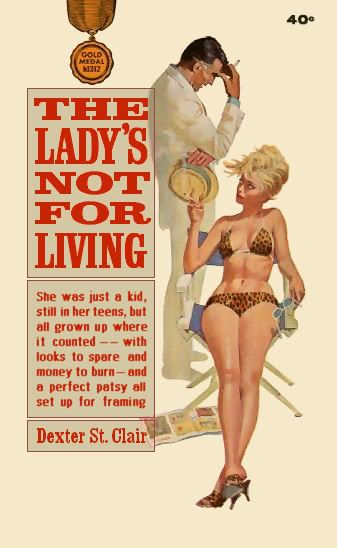escotregen wrote:
Modern homes were and are built to the minimum tolerable standards – all in pursuit of ‘cheapness’. We some time ago reached the stage where typical UK new build internal space and standards are the smallest and meanest in the EU....
I am not surprised in the least to read that about the UK having the smallest and meanest sizes in Europe for new build.
The lack of space in new build is a disgrace. Designing a box to make maximum profit where it’s dictated on paper - exactly to the nearest cm where you can put your two-seater (no room for anything larger) sofa - a dining table in a kitchen that allows a tiny space between chair and wall (no weight gain allowed here) and a Hall the size of a stamp seems to have been the norm for a few years. Comfort and even giving the householder bit of space for imagination doesn’t come into the equation.
On another issue,I’ve visited a few new build, starter show homes and in devilment, asked the rep where the communal drying area was. The backcourt was something all tenements, old and new, rich or poor had in common. It was an environmentally sound way to dry clothes (ok even in this climate) and it was used, in rota by everyone and it probably contributed to a more social atmosphere in the close - something else that’s disappeared and not necessarily looking with rose-tinted specs.
Reports have said that drying clothes indoors is detrimental to health and causes dampness in the home. Also, running a tumble dryer for hours uses vast amounts of electricity.
There are probably more reasons than just space and profit that prohibits communal drying areas, lifestyle and aesthetics being some of the other reasons. I was surprised though when I shared a flat (built in the late seventies) in Julian Avenue, Kelvinside and found that they have a communal drying area.
It is well situated out of view of the main building – incorporating a bit of exercise backwards and forwards and it seemed to be used on a regular basis.
I wonder if it will ever make a comeback maybe even in a covered,rainproofed version?



